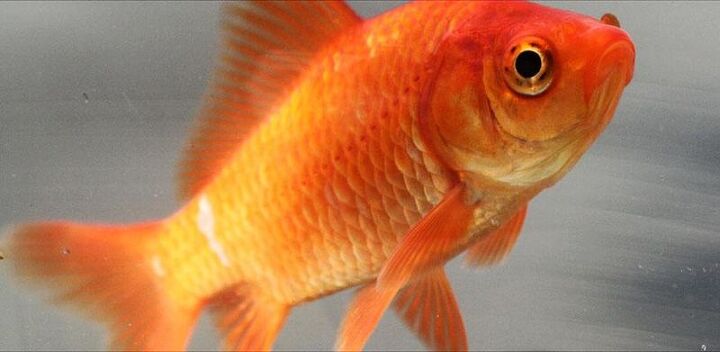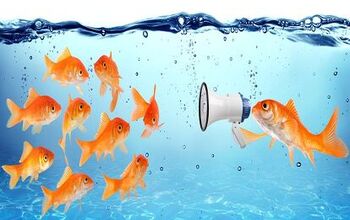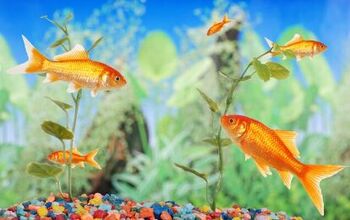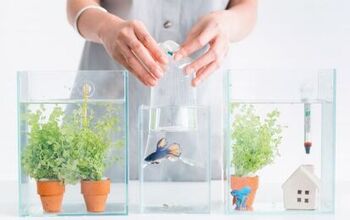Goldfish


About Goldfish
Goldfish are one of the first species of fish to be domesticated and are also one of the most commonly kept aquarium pets. They are community fish and thrive when kept in large groups of 6 or more fish. Their peaceful temperament and ease of care also make them excellent pets for the beginner aquarists. Over the years they have been selectively bred into many variants with different body shapes, physical characteristics and colorations.
Goldfish are one of the first species of fish to be domesticated and are also one of the most commonly kept aquarium pets.
Goldfish first originated over a thousand years ago in ancient China as a result of a natural color mutation that occurred in the common Asian carp. The ancient Chinese started selectively breeding these fish with the naturally occurring yellow and orange color mutations and developed the first goldfish during the Song Dynasty.
Goldfish are most commonly red, yellow or orange in color, but also come in black, white, chocolate, bicolor, tricolor and calico color variants.
Most goldfish breeds are incredibly hardy and can survive in the most meager of aquarium conditions; but when given adequate space and care they can reach lengths of over ten inches and live for up to fifteen years. Fancier breeds, however, require more specialized care. They prefer soft, pH neutral water with colder temperatures. They can also survive for short periods of time in bodies of water that are frozen over, making them excellent pond fish.
Except for the Comet and Common, most breeds of goldfish are slow swimmers and should not be kept with fish faster swimming fish that can out-swim and out-compete them for food. They are also extremely peaceful and should not be raised with more aggressive species of aquarium fish which can start harassing them.
These fish also produce a very high amount of waste, so an adequate filtration system and timely water changes are a must for the aquarium.
Goldfish are omnivores and will readily accept most types of food. They can be fed on a varied diet of flakes, pellets, live-foods and vegetation.
Most goldfish breeds are incredibly hardy and can survive in the most meager of aquarium conditions.
Goldfish are one of the easiest species of aquarium fish to breed and will spawn quite prolifically when given adequate space and the right conditions. The easiest way to induce breeding is to first condition the goldfish on a protein rich diet and then gradually increase the aquarium or pond temperature by a few degrees. They will readily devour their own eggs and fry, so the use of a heavily planted aquarium or spawning mats is recommended when breeding them. The parents should be removed as soon as spawning occurs and the eggs usually hatch within 4-5 days.
Common, Comet, Fantail, Shubunkin, Lionhead, Ryukin, Oranda, Pearlscale, Ranchu, Bubble Eye, Telescope Eye, Black Moor.
Photo credit: Lerdsuwa/Wikimedia

Amy Tokic, Editor of PetGuide.com, is a passionate animal lover and proud pet parent of Oscar, a Shih Tzu/Chihuahua cross, and Zed, a Japanese Chin. Her love of animals began in kindergarten, when she brought her stuffed dog Snoopy into class with her every day. Now, she writes about her adventures in pet ownership and tirelessly researches products, news and health related issues she can share with other animal enthusiasts. In her free time, Amy loves perusing used book and record stores, obsessing over the latest pet products available and chasing squirrels with wild abandon (a habit attributed to spending too much time with her pooches).
More by Amy Tokic























